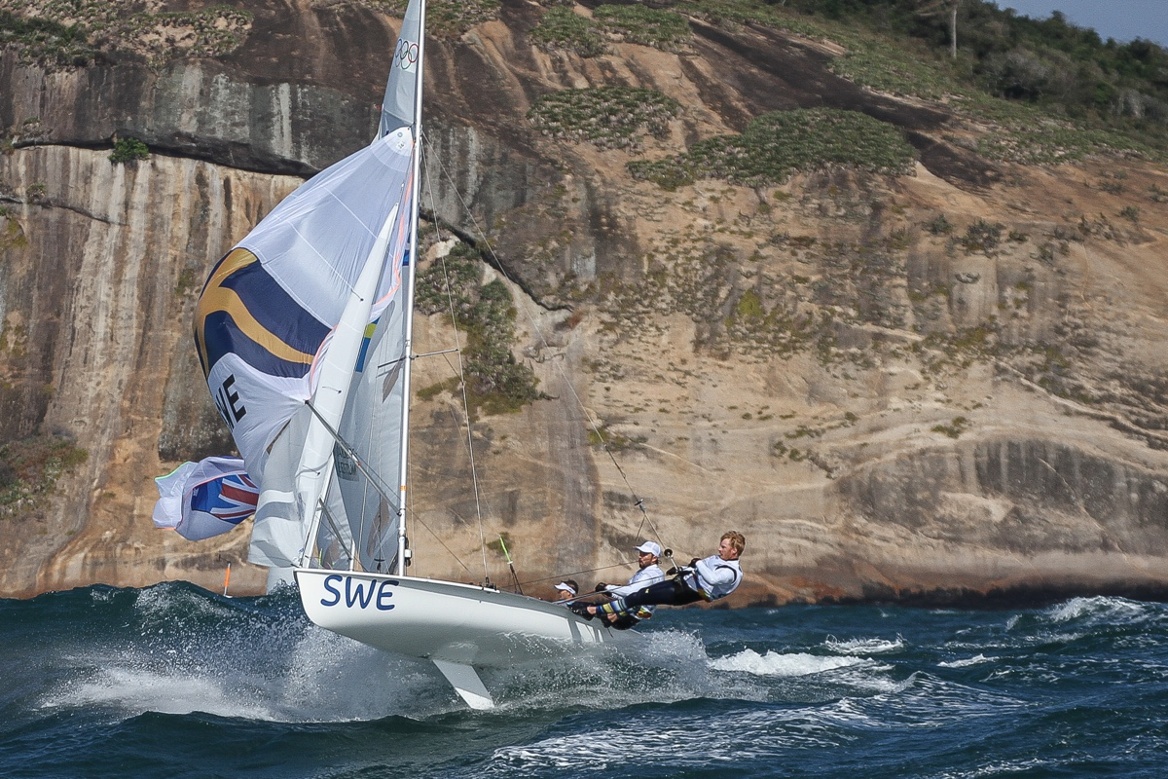In 1963, French architect Andre Cornu designed the two-handed centreboard boat as a modern high performance fibreglass planing dinghy which could be sailed by anyone. And the craft so influenced European sailing that the 470 is directly credited with drawing new sailors to the sport during the 1960s and '70s.
An Olympic class boat since 1976, 470s are sailed today for both family recreation and superior competition by more than 30,000 sailors in 42 countries worldwide. The 470 is so popular that its annual World Cup event is considered one of sailing's major international regattas attended by sailors and spectators from around the world.
A light and narrow boat (length 4.7m and beam 1.7m with a weight of 120kg), the 470 responds easily and immediately to body movement. Thus, the sailors' teamwork and tactics complement one another. The skipper is smaller and lighter (1.65m to 1.8m and 55kg to 65kg), and the crew is tall and light (1.75m to 1.85m yet only 65kg -75kg). The crew's build lets him or her hang far out on the trapeze to keep the boat level in all conditions.
In 1988, women officially entered Olympic sailing competition with the first-ever 470 Women's event. This boat is especially well-suited to women's competition because of its light weight, maneuverability and light crew weight requirement.
Click here to view more information on the history of the 470.

